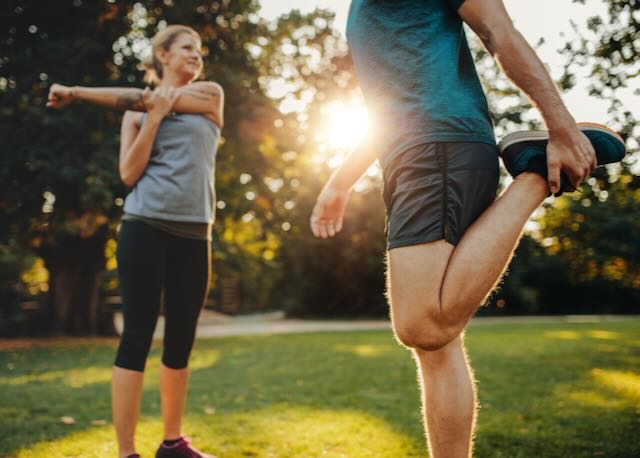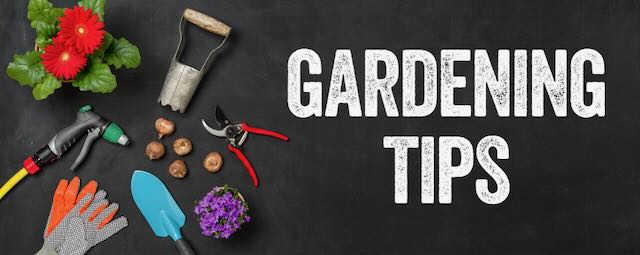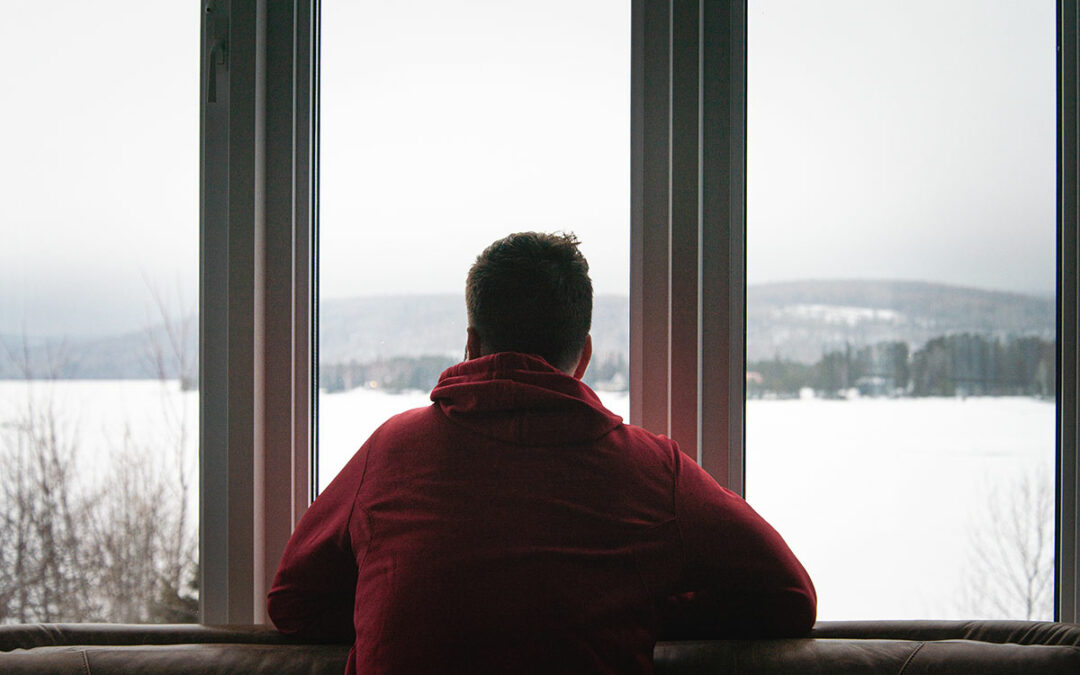Intramuscular Stimulation (IMS) or Dry Needling
Intramuscular Stimulation (IMS) or Dry Needling
Introduction
Intramuscular Stimulation (IMS), also known as dry needling, is a therapeutic technique used to treat muscle pain and dysfunction. It involves the insertion of fine, sterile needles, the same ones used with acupuncture, into specific points in the muscles, known as trigger points, to alleviate pain and improve muscle function.
History and Development
Dry needling has its roots in traditional Chinese medicine, particularly in the practice of acupuncture. However, in the mid-20th century, Dr. Janet Travell and Dr. David Simons, pioneers in the field of pain management, identified and mapped out trigger points in the muscles. Based on their work, Dr. Chan Gunn, a Canadian physician, developed IMS as a specific technique to target these trigger points using needles without any medication or injection, hence the term “dry” needling.
The Science Behind IMS
Trigger Points
Trigger points are hyperirritable spots within a muscle that can cause pain, stiffness, and restricted movement. They are often palpable as taut bands or knots within the muscle tissue. These points can often refer pain to other areas of the body.
Mechanisms of Action
The insertion of needles into trigger points during IMS can lead to several beneficial effects:
- Neurophysiological Response: The needle insertion stimulates sensory nerves, which sends signals to the brain, promoting the release of pain-relieving chemicals such as endorphins.
- Mechanical Disruption: The needle physically disrupts the contracted muscle fibres, helping to release the tight knots and reduce muscle tension.
- Improved Blood Flow: The needling process increases local blood flow to the affected area, promoting healing and reducing inflammation.
Procedure
During an IMS session, the practitioner conducts a thorough assessment to identify the trigger points and areas of muscle dysfunction. The patient is then positioned comfortably, and the skin is cleaned to maintain sterility. Fine, sterile needles are inserted into the identified trigger points. The depth of needle insertion varies depending on the location of the trigger points and the muscle being treated.
Patients may feel a slight pinch or a muscle twitch during needle insertion, which is a positive sign indicating that the needle has reached the trigger point. The needles are often removed once the twitch has occurred, or they can be left in place for a few minutes to further encourage the muscle to relax.
Conditions Treated with IMS
Intramuscular stimulation is used to treat a wide range of musculoskeletal conditions, including but not limited to:
- Myofascial Pain Syndrome: Chronic pain caused by trigger points in the muscles.
- Back and Neck Pain: Common conditions often associated with muscle tension and trigger points.
- Tendinitis and Tendinopathy: Inflammation or degeneration of tendons often accompanied by muscle dysfunction.
- Sports Injuries: Including muscle strains, sprains, and overuse injuries.
- Headaches and Migraines: Often linked to muscle tension and trigger points in the neck and shoulder region.
- Post-Surgical Pain: Pain and muscle dysfunction following surgical procedures.
Benefits of IMS
The benefits of intramuscular stimulation extend beyond pain relief. Some of the key advantages include:
- Non-Pharmacological: IMS does not involve the use of medications, making it a safe option for individuals who may have contraindications to pharmaceuticals.
- Minimally Invasive: The use of fine needles minimizes tissue damage and promotes quicker recovery compared to more invasive procedures.
- Targeted Treatment: IMS specifically targets the trigger points and dysfunctional muscles, providing localized relief.
- Improved Functionality: By reducing muscle tension and pain, IMS can enhance overall muscle function and range of motion. Muscles will contract more efficiently and stretch more easily without taut bands or triggers points in the muscle.
Risks and Considerations
While IMS is generally considered safe, there are some potential risks and side effects to be aware of:
- Temporary Discomfort: Patients may experience mild discomfort or soreness at needle insertion sites.
- Bruising: Minor bruising can occur at the needling sites.
- Infection: Although rare, there is a slight risk of infection if proper sterile techniques are not followed.
- Miscarriage: Needling can stimulate a sympathetic response in the body. Hence, IMS is typically not done during pregnancy
Patients should always seek treatment from qualified and experienced practitioners to minimize these risks.
Conclusion
Intramuscular stimulation, or dry needling, is an effective and versatile technique for treating muscle pain and dysfunction. By targeting trigger points with fine needles, IMS can provide relief from various musculoskeletal conditions, promote healing, and improve muscle function.
If you are interested in learning more about IMS and seeing if is right for you, Janice Bealer, a physiotherapist at our Sun City Lower Mission location, has incorporated IMS into her practice for almost 20 years now. Give us a call or book online to try it out!




